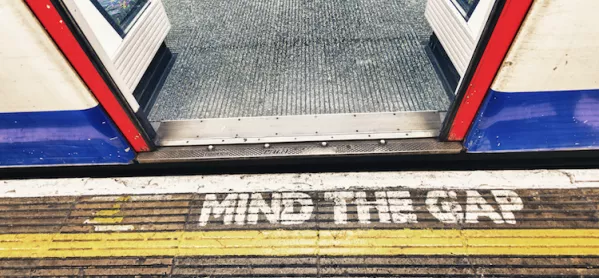Children from the poorest backgrounds are more likely to be going to a secondary school rated less than good today than they were in 2016, according to an analysis by Teach First.
On national offers day, Teach First published new figures showing that 35 per cent of children from the poorest postcodes currently attend a school rated as inadequate or requires improvement - an increase from 28 per cent in 2016.
Read: Early schooling helps narrow boys’ disadvantage gap
Read: Nine ways to close the gap
Book review: Making Kids Cleverer
This represents an extra 30,000 children from poorer backgrounds attending schools rated less than good.
When it comes to the wealthiest postcodes, only 8 per cent of young people currently attend a school rated as less than good, which has remained unchanged over the last three years.
This shows that the gap between children from the richest and poorest families has grown in recent years.
The gap is also growing when it comes to young people attending an outstanding school. According to Teach First’s figures, 17 per cent of children from the poorest backgrounds currently attend a school rated outstanding - which has fallen from 22 per cent in 2016.
Forty-four per cent of children from the richest backgrounds attend an outstanding school, which has increased from 40 per cent in 2016.
The figures mean that children who live in the country’s poorest postcodes are four times more likely to attend a school rated as less than good compared to those from the most affluent postcodes - and are less than half as likely to attend a school rated as outstanding.
Teach First called on the government to urgently address the growing inequality and urged it not to be “distracted” by Brexit.
Russell Hobby, Teach First’s chief executive, said: “We understand that negotiating our exit from the European Union requires significant resource. But we must not let this distract us from important domestic issues that require urgent attention.
“It is deeply concerning that in recent years we’ve seen an increase in young people attending schools rated as less than good - and it’s those from the poorest background that have been hit the hardest.
“It is only through investing in our young people - and providing every child with an outstanding education - that we will have a workforce ready to take on whatever shape the post-Brexit landscape will take.”
School Standards Minister Nick Gibb said: “This government is determined to create more choice for parents when it comes to their children’s education and we have created 825,000 school places since 2010, and are on track to see that number rise to a million by 2020.
“Standards have also risen, with 86 per cent of schools now good or outstanding, compared to 68 per cent in 2010, and last year more than nine out of ten pupils got a place at one of their top three choices, setting them on the path for a successful future.”




